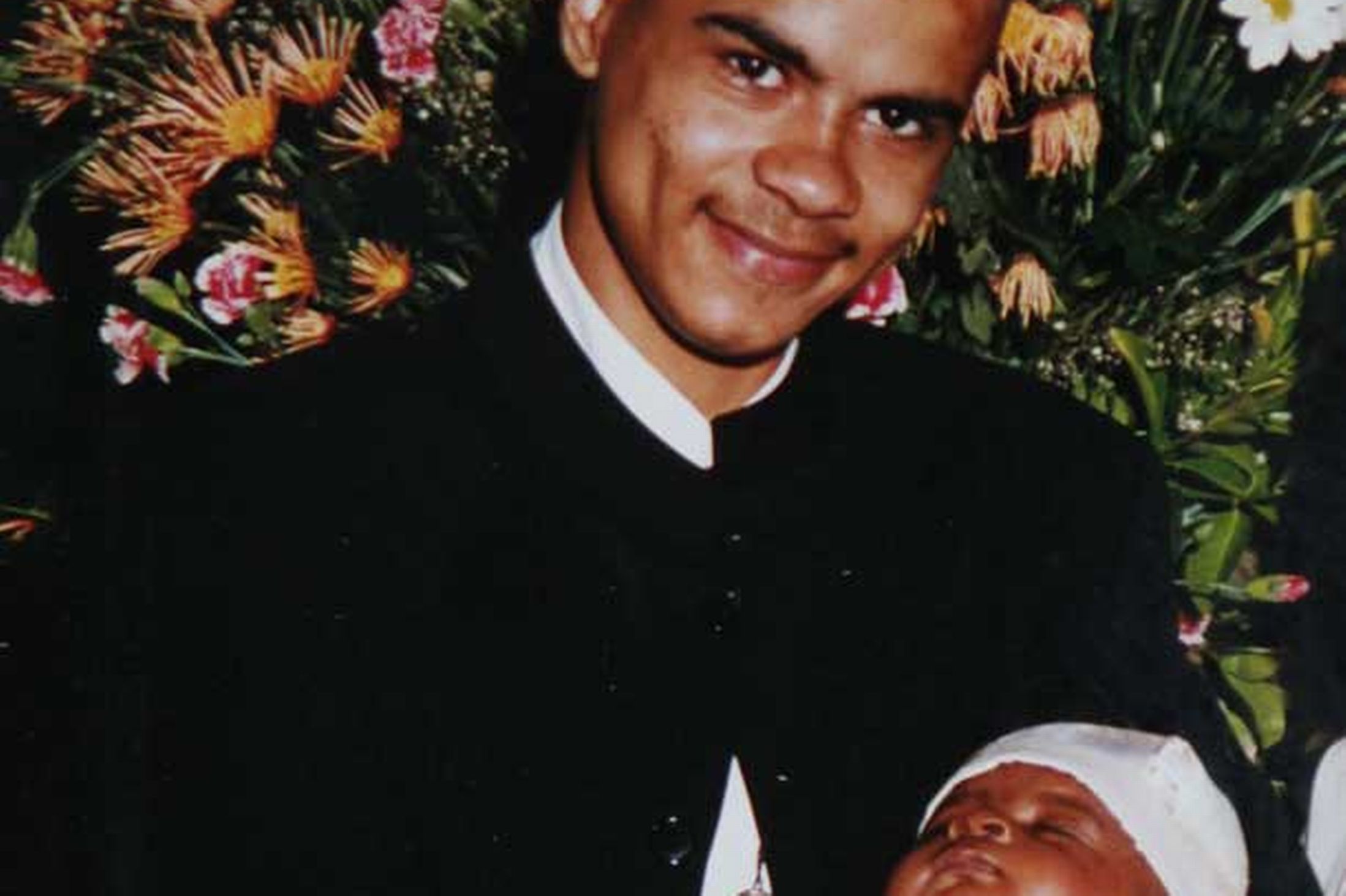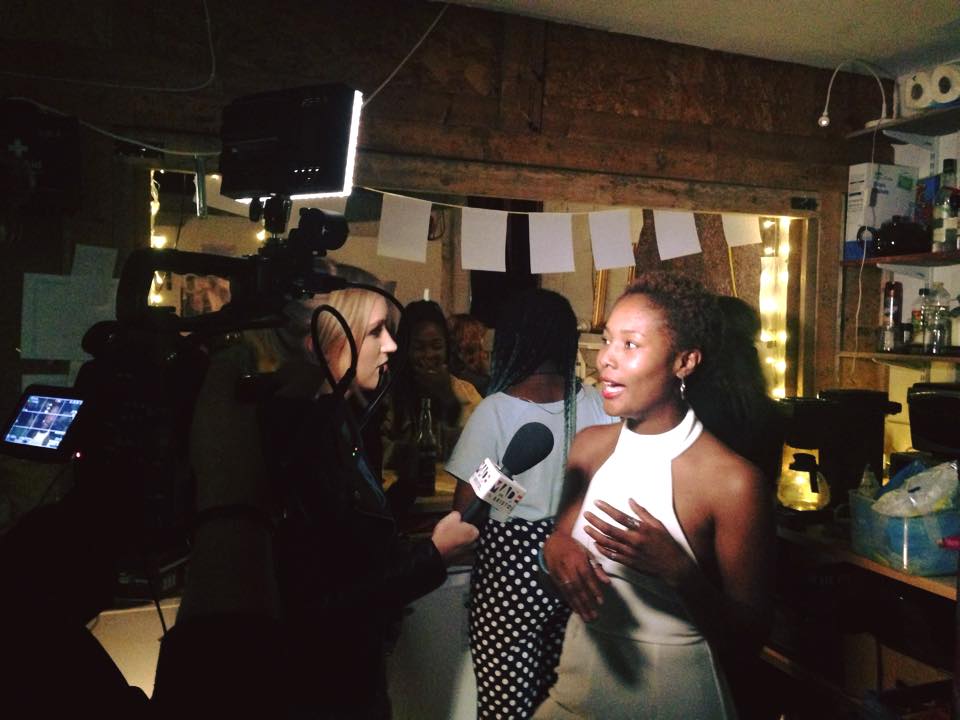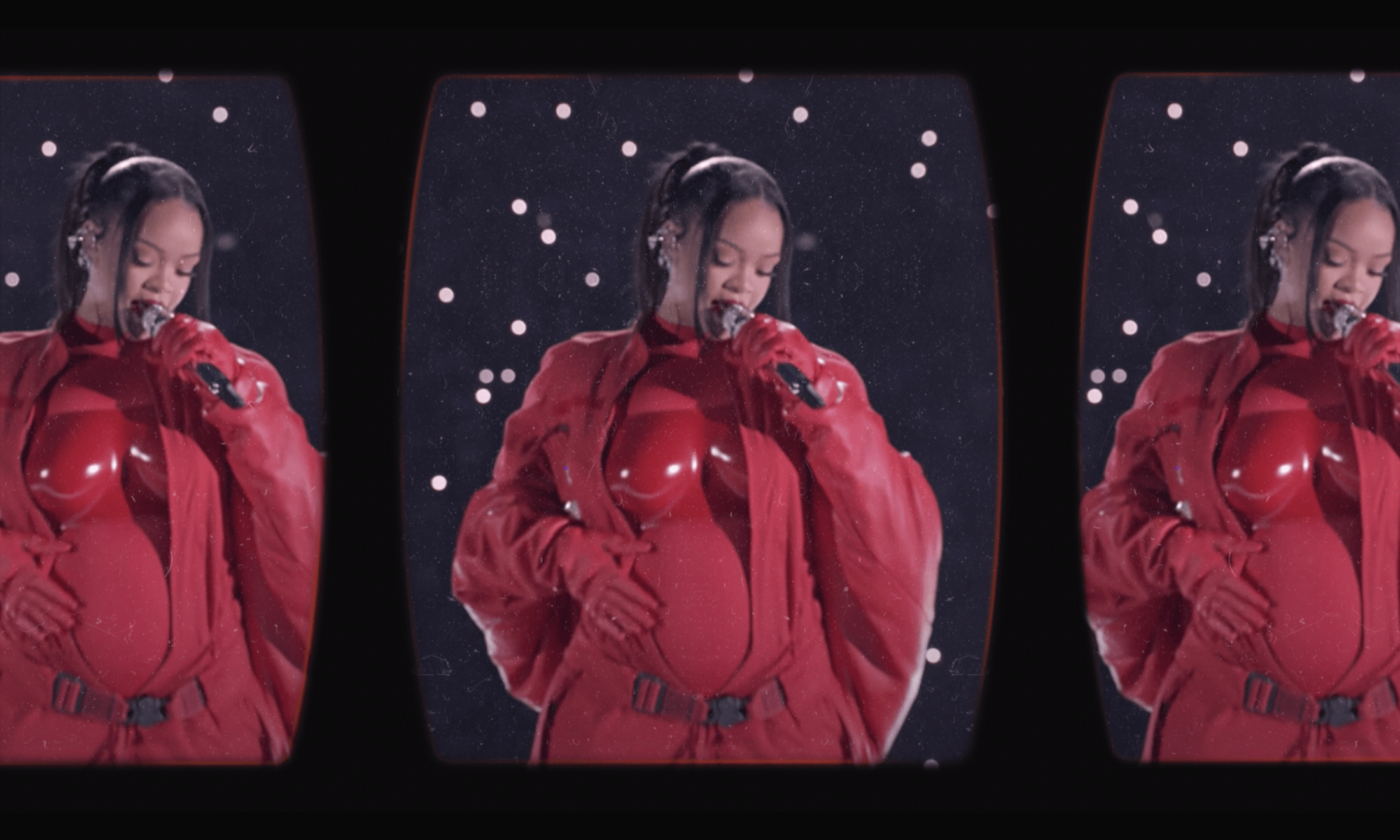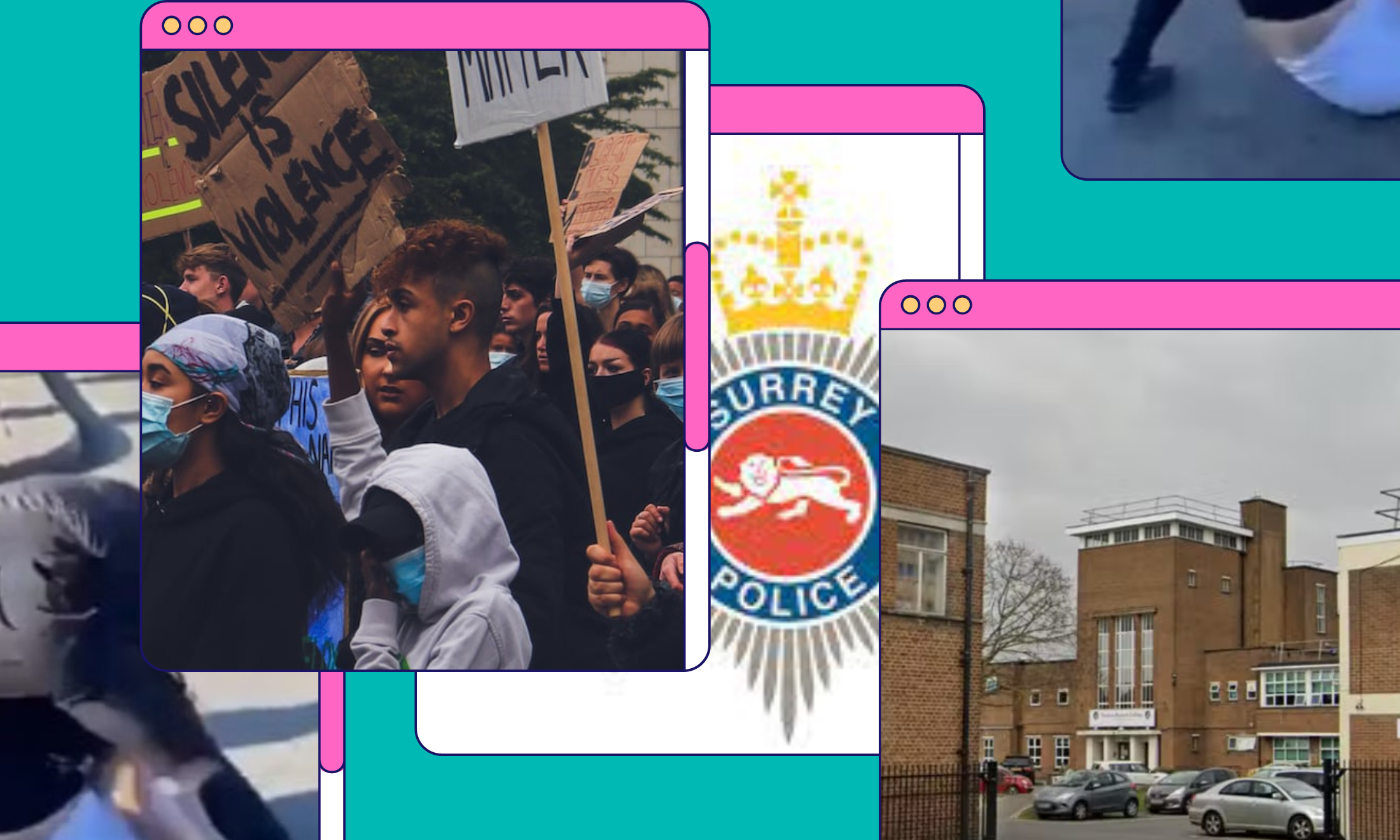
Photo courtesy of Wikipedia
From being outraged by bindi-wearing festival-goers to mobile phones birthing a new era of passionate anti-racist campaigning, this past decade has been a turning point for racial discourse. It definitely feels like we’re ending on a sour note (there’s an impeached bigot in the White House and his “baby brother” just won by a landslide in the UK) but looking back at the debates, controversies, and events might help us understand just what exactly has changed and how we move forward.
In 2010, I was 25 and convinced that if I never mentioned my brown skin, I wouldn’t experience any disadvantages. Now, I often look back at the racism I faced during this time; both the microaggressions and malicious attacks, and wondered if I just walked around with my eyes and ears closed. It was in 2012 when I was sitting on an anchored boat, in the company of white friends, when two drunk white people attempted to get on and were swiftly removed by staff. One of the men looked at me and screamed “YOU WON’T LET US ON BUT YOU’LL LET THIS P*KI ON”. Everyone froze. I desperately wanted to release the tension I felt, so we laughed. People were angry on my behalf, but I pretended it didn’t matter. Mostly to stop people from staring at me. You’re never taught how to react to something like this.
Throughout the decade I, like many other people of colour in the UK who had internalised racism in our youth, had to confront it. A rude awakening came after police shot Mark Duggan, an unarmed black man, in the street in 2011. What followed were protests, which eventually raged into riots. Tottenham gave way to Hackney, Brixton, Peckham, then eventually Birmingham, Leeds, Liverpool, Coventry, Manchester and districts within it where rioters were almost completely white, like Salford. Masked people hit the streets, burned cars, and smashed and looted shops in a frenzy. Yet at a time when there should have been a lot of hand wringing into what could lead to the collapse of law and order for a full week, in disparate areas of the country, with a diverse group of assailants, historian David Starkey said the issue was that “a substantial section of chavs have become black (…) the whites had become black”.
All this was said to be coordinated via now archaic instant messaging services like BBM on Blackberry, hinting at the prevalence digital communication would have in racial discourse in the coming years. After US-based activists found structure in the #BlackLivesMatter hashtag in 2013, Natalie Jeffers, co-founder of the Black Lives Matter UK movement told the Guardian: “We really are focused on sharing the British narrative. It might have taken the shocking images from deaths in the US to awaken young people, but they’re aware of oppression at an individual household level. They see what happens within our communities.”
England’s stop and search statistics showed that in “black people were nine and a half times as likely to be stopped and searched as white people in 2017/18”. The Black Lives Matter movement gave them the urgency they needed to enact change shutting down airports and proving direct action has a place here too. Those same 2019 statistics showed that “rates of stop and search have fallen for every ethnic group since 2009/10”. There has been a lot of pressure put onto the government to take accountability for their actions and Black Lives Matter have been a big part of that.
Usually, people of colour from working classes, don’t get to talk, let alone about race, politics and social constructs. Social media gave everyone a voice. But, the conversation around structural racism shifted to an inescapable reality, as a movement formed that held white supremacy accountable. The internet had a big part to play in this story – the news was at our fingertips. We could access information from our phone quicker than ever before. In 2017, Rashan Charles died after he was chased and restrained by the Metropolitan Police in Dalston, London. The CCTV footage from the shop where the death took place went viral soon after, causing people to take to the streets and protest in Hackney.
It’s now common for black people (and other PoC), to take their phones out and record a situation that could potentially put their lives in danger, showing the daily interactions people of colour have with the police and public. Those who live in privilege have finally been able to experience the injustices faced by people of colour.
“Alongside these struggles, we have found kinship”
News came from people on the streets, in our homes and at our schools. A 2019 Ofcom study revealed that “after TV, the internet is the next most popular platform for news in 2019, used by 66% of adults”. And while we saw news articles about celebrities on our feeds, we also saw #RefugeesWelcome used to highlight the crisis in Europe, when a photo of toddler Alan Kurdi lying dead on the beach surfaced. After Brexit, allies rushed to wear their #SafetyPin to signal to “potential targets” i.e. people of colour and other immigrants that they’re a friendly face. #UnfairandLovely, started by student Pax Jones, challenged the notion that darker-skinned people were unattractive. Hundreds of people posted photos of their dark skin from around the world, giving them a pathway to visibility and acceptance. Hashtags continued to grow and we’ve seen a change in the way it has been used to highlight the struggles of people of colour, LGBTQ+ communities, people who are body shamed and live with disabilities. Alongside these struggles, we have found kinship.
But as independent publishers, we had the internet in the palms of our hands, we just needed to gather the community; band them together and tell stories around the campfire. The best part was it didn’t become an echo chamber for our concerns, social media is a public forum and anyone can watch and learn.
As the online sphere helped us steer these conversations in England (where mainstream media failed), we saw a growth in independent magazine culture. Enter Black Ballad in 2014, gal-dem a year later, Burnt Roti the year after, Yellow Zine (2017), AZ mag – and many more – working to prioritise the voices of people of colour. These platforms gave each of our conversations, protests and survival a tangible source – it wasn’t just on social media, we were in the media. Through print magazines, websites, events and collaborations, our voice was elevated beyond hashtags.

I myself founded Burnt Roti in a heated moment of selfishness. Having had the ability but not the opportunities, I was lacking inspiration, so I had to create my own. And within that moment, I realised I wasn’t the only one. Burnt Roti was an accidental, collective scream from South Asian (mostly womxn), who have been told not to speak before. Since then, we’ve curated nights at Tate Britain and V&A, showcasing South Asian talent to a typically male and white institute. An exhibition we held at the Truman Brewery in 2017 called The Beauty of Being British Asian, was a pinnacle point in time where we can measure our progress. With lines that lasted all night, wrapped around Brick Lane, as people excitedly and patiently waited to attend our exhibition, we realised how important it was that we carved this space.
We began to see gatekeepers give in to the new wave of ideas in spaces with a historically dismal record on diversity and representation. Take book publishing, an industry with 1.6 percent of people who identify as ‘BAME’ in the workforce, the end of the decade has seen a steady increase on new authors from a range of backgrounds. When Reni Eddo-Lodge told us why she was No Longer Talking To White People About Race in 2017, white people did nothing but that in their marketing strategies. Nikesh Shukla released a book of essays on racial tension in Britain, in 2016 called The Good Immigrant and it’s been considered to have changed the scope of publishing, winning awards and accolades. It’s Not About The Burqa, edited by Mariam Khan, was another collection of essays of the experience of Muslim women in the West, which was born from comments made by then Conservative prime minister David Cameron – that the “traditional submissiveness” of Muslim women was a key problem in the fight against Islamic extremism. An act of protest is to publish the retaliation and that’s what these books did.
They were a game-changer, providing young people with the toolkit to recognise their experiences. There was an abundance of these learning tools, and with it, people of colour were able to understand concepts such as cultural appropriation. We lived in a world where white people wore dreads, Rachel Dolezal existed and Anthony Lennon was lampooned for claiming to be black (and later absolved via the ancestry DNA tests that were all the rage this decade). Each year Halloween brings these debates about who-gets-to-look-ethnic to the forefront, when people would call out blackface and Islamophobia in costumes. A man wearing blackface on the tube in 2018, was filmed and posted on Twitter. Earlier this decade, Julianne Hough dressed as African American character from Orange Is The New Black, “Crazy Eyes”, with full blackface makeup.
The word “appropriation” wasn’t well known at the beginning of the decade but by the end of it, young people of colour were well versed in analysing who profited the most from their culture. While Kendall Jenner is considered to have taken braids “to the next level” and the rest of her family are considered trendsetters, young black girls such as 14-year-old Kent highschooler Chyna Cowie-Sullivan in 2016, were told they couldn’t wear their braids to school. There’s a system at play here, and it is economically beneficial to our oppressors.
The fashion industry kept falling into this pit. When Gucci had white models debuting a Sikh-inspired turban in 2018 at Milan Fashion Week, there was backlash from religious groups about the sanctity of faith. The Sikh Coalition tweeted out against the brand, saying “the Sikh turban is not just a fashion accessory, but it’s also a sacred religious article of faith. We hope more can be done to recognize this critical context.”
The power of our voices began to instigate change, as terminology spread. Language became a large part of the evolution of race politics. Those who spoke up were dubbed “woke”. With this evolution came the conglomerate companies, who adopted language for their capitalist gain. To be woke, or awake, was an allegory on the ability to reach a consciousness where you’re aware of racial and social injustices. Mid-way through the decade, ‘woke’ became a slur. It found its way onto t-shirts, into marketing copy, and even Telegraph headlines. The story of woke is indicative of how activism (in feminism, LGBTQI+ rights and beyond) was processed this decade. Words, debates, and protests, when put into the mainstream, lose their meaning and become commodities. In the end, woke was used to attack the very people who were arguing for a social change.
With this evolution of language, ‘diversity’ became a buzzword, along with its cousin ‘representation’, and we saw the rise of people of colour and LGBTQI+ people used in advertising and broadcasting. I purposely say ‘used’, because a movement’s request for accountability became currency in the world of marketing.
In 2017, Dove featured an advert where a black woman took off a t-shirt and became white, insinuating that black people are dirty. In the same year, Nivea ran an advert declaring that “white is purity”. The faces of diversity are there but the message is almost always fundamentally racist. In 2018, Nike’s This Is London advert was released and what followed was conversations around the boxes that were ticked.
South Asians reacted to the Nike advert with “where are we?” Although we’ve never really been represented in marketing, we finally wanted to see ourselves when black people were given a platform. It was very telling and spoke to the complex relationship we have with race and anti-blackness. Garnering community also meant holding each other accountable, it wasn’t just a conversation with white people. When Sajid Javid and Priti Patel became MPs in the Conservative government, we couldn’t hide from racism validated by non-black people of colour. With ten years of a Tory government, and Theresa May’s Hostile Environment policy, we can begin to see why these conversations are unavoidable.
So when Stormzy was asked if Britain is racist responded with “definitely, 100%”, we can see why the debate got so heated. Its as obvious the problem exists as it is that there is little desire to tackle it.
“The story of woke is indicative of how activism was processed this decade. When put into the mainstream it lost meaning and became a commodity”
Social media can be a difficult maze to navigate; there are dead ends with trolls and predators, but there are also open spaces with communities handing you a piping hot cup of tea and welcoming you in with a gift bag of language toolkits.
The next decade is beyond prediction; we’re unaware of how fast or differently technology will actually change, and what it will enable us to do. Undoubtedly, corporations will continue to take people of colour’s work to monetise, but will we continue to start revolutions that challenge the structures that oppress us? Change has already happened, suggesting if we continue to garner communities, with hashtags like #BlackLivesMatter and publications springing up online, we can change the currency of us and place our value back into our own pockets.









